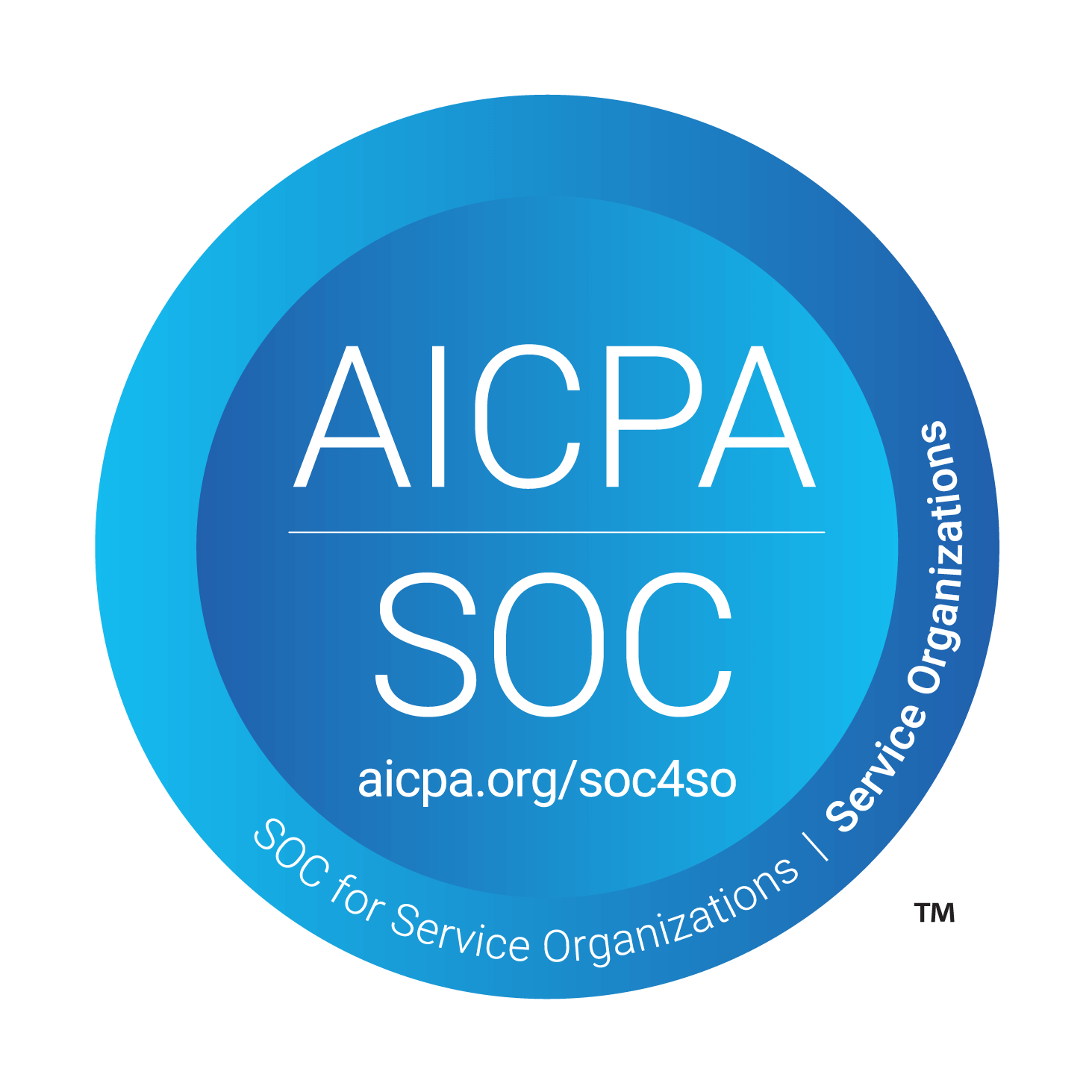
Today, the Financial Accounting Standards Board (FASB) unanimously voted that companies following U.S. GAAP (Generally Accepted Accounting Principles) should report certain crypto assets at fair value on their balance sheets.
This is a major change for companies holding digital assets, including many of Bitwave’s large public customers, who have been required to report crypto assets at their historical cost basis minus impairment charges.
This requirement has long been a pain point for companies holding digital assets because it results in the entity reporting their digital assets at their lowest value since purchase, regardless of any future recoveries in value. Given the volatile nature of cryptocurrency markets, some companies holding crypto assets on their balance sheets have taken huge hits to their bottom line.
Here’s what you need to know:
- This vote is part of FASB’s broader project to address crypto asset accounting.
- This change will impact crypto assets that meet the following criteria:
a. Meet the definition of an intangible asset as defined in the Master Glossary of the Codification
b. Do not provide the asset holder with enforceable rights to, or claims on, underlying goods, services, or other assets (which excludes tokenized securities or other digital assets that give rights to physical assets)
c. Are created or reside on a distributed ledger or “blockchain”
d. Are secured through cryptography
e. Are fungible (which excludes NFTs) - Reporting for crypto assets that fit the criteria above will now follow guidance from ASC Topic 820, Fair Value measurement.
- Once officially codified, assets that fall under this scope would no longer be subject to the impairment for intangible asset rules outlined in ASC Topic 350, Intangible-Goodwill and Other
- This is not in effect yet. There are still some hoops to jump through for the official accounting standards to be updated. We can expect that FASB will issue an Exposure Draft of the new rules, receive public comment letters, and eventually officially issue an Accounting Standards Update (ASU). These updates will also outline the required adoption timeline requirements for impacted companies. Based on the typical FASB process, we can expect that this process will take at least 6 months to finalize.
Bitwave’s Take:
As we've interacted with clients over the last few months leading up to the FASB guidance, it’s clear to us that many companies viewed this as a step in the right direction. "Impairment meant that public companies looking to get into digital assets had a big hurdle in their public reporting," says Bitwave CEO and co-founder Pat White. “If anything is clear to us now, more changes are coming, and the need to have an adaptive crypto asset accounting platform is greater than ever."
Bitwave expects this to be a potential catalyst for companies who had limited their exposure to crypto assets to expand usage and convince others to step into the space. There are many factors to consider, such as the need to bifurcate accounting and tax and sourcing accurate and timely pricing data. “There has never been a time where it's more important to have flexibility in your crypto accounting platform,” White finishes.


Disclaimer: The information provided in this blog post is for general informational purposes only and should not be construed as tax, accounting, or financial advice. The content is not intended to address the specific needs of any individual or organization, and readers are encouraged to consult with a qualified tax, accounting, or financial professional before making any decisions based on the information provided. The author and the publisher of this blog post disclaim any liability, loss, or risk incurred as a consequence, directly or indirectly, of the use or application of any of the contents herein.







